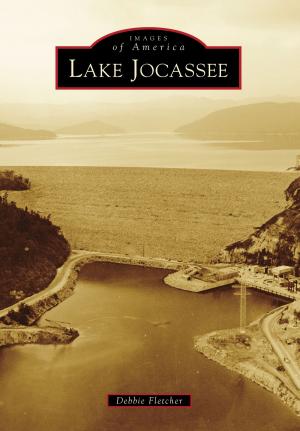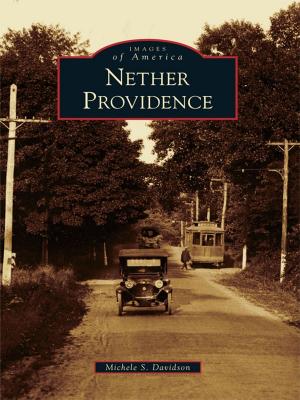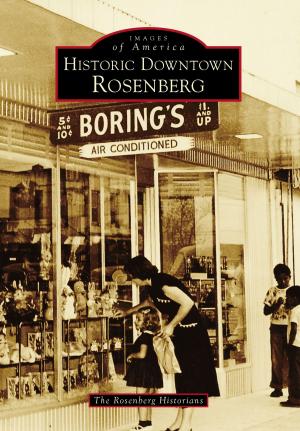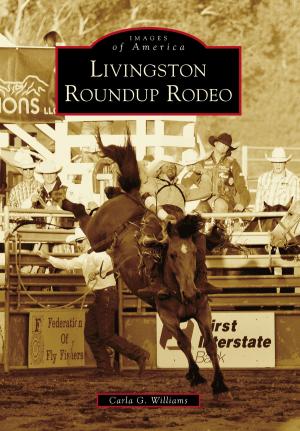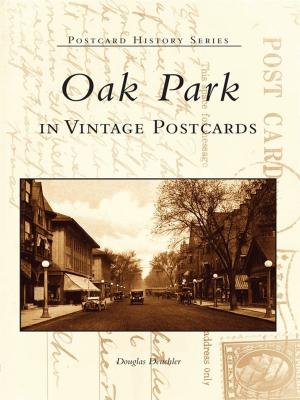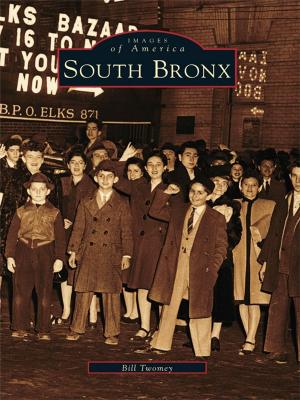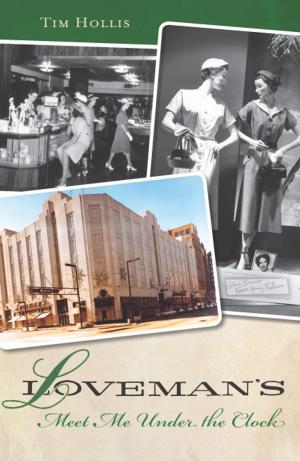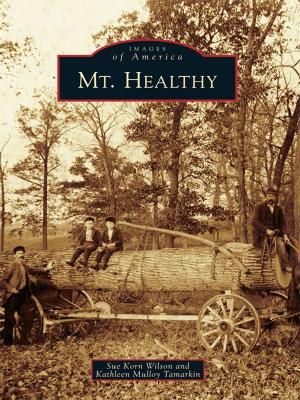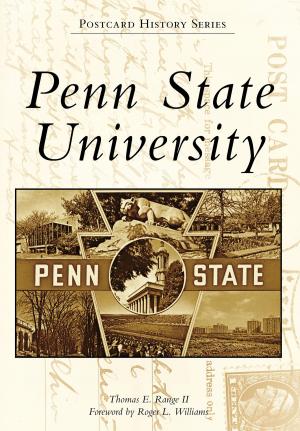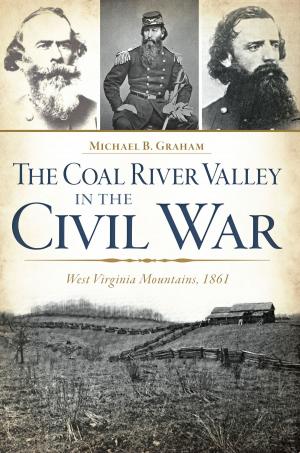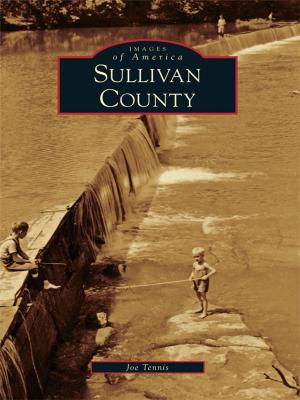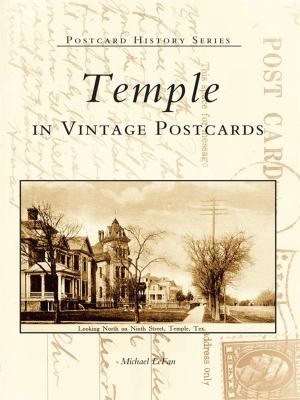| Author: | David Fiedler | ISBN: | 9781439615492 |
| Publisher: | Arcadia Publishing Inc. | Publication: | November 9, 2005 |
| Imprint: | Arcadia Publishing | Language: | English |
| Author: | David Fiedler |
| ISBN: | 9781439615492 |
| Publisher: | Arcadia Publishing Inc. |
| Publication: | November 9, 2005 |
| Imprint: | Arcadia Publishing |
| Language: | English |
At the tender age of 21, a settler named John Ball bought 400 acres on Grand Glaize Creek in 1800 and began sowing crops and tending livestock. He had moved with his parents to Missouri as part of a migration of Kentucky settlers led by Daniel Boone and wanted to establish himself as his own man. That purchase and Ball�s later platting of 17 city blocks along Manchester Road, the designated route to the state capitol, were the first steps in creating the town we know today as Ballwin. Using archival
photographs from the Ballwin Historical Commission and other sources, Ballwin traces the history of the area from the first settlers through to the present, focusing on the period
since the city was incorporated.
photographs from the Ballwin Historical Commission and other sources, Ballwin traces the history of the area from the first settlers through to the present, focusing on the period
since the city was incorporated.
At the tender age of 21, a settler named John Ball bought 400 acres on Grand Glaize Creek in 1800 and began sowing crops and tending livestock. He had moved with his parents to Missouri as part of a migration of Kentucky settlers led by Daniel Boone and wanted to establish himself as his own man. That purchase and Ball�s later platting of 17 city blocks along Manchester Road, the designated route to the state capitol, were the first steps in creating the town we know today as Ballwin. Using archival
photographs from the Ballwin Historical Commission and other sources, Ballwin traces the history of the area from the first settlers through to the present, focusing on the period
since the city was incorporated.
photographs from the Ballwin Historical Commission and other sources, Ballwin traces the history of the area from the first settlers through to the present, focusing on the period
since the city was incorporated.


